The Stations of the Cross is a Catholic devotion that commemorates fourteen images or stations from the last day of Jesus’ life. Participants meditate on each station and may recite specific prayers. As a processional liturgy—whether contained within a church or displayed in yards in a neighborhood—the Stations of the Cross is a kind of miniature pilgrimage in which the faithful engage in embodied meditation on the Passion of Jesus.
This online gallery and video are inspired by the Stations of the Cross and are curated by Dr. Jennifer Awes-Freeman, Assistant Professor and Program Director of Arts and Theology at United Theological Seminary of the Twin Cities. The original artworks were submitted by United students and alumni of many religious traditions. These artworks form a kind of virtual pilgrimage for the viewer/listener to engage with at their own time and place, as art exhibition, liturgy, or a combination of both.
Some pieces may speak more to you than others. Individual pieces may stand out or you might draw the most meaning from the whole as a collection. Some pieces might challenge you, others surprise you, still others might resonate on a deeply familiar level. As you "move" through the pieces be guided by your heart, communing with others across time and place, thirsting for the sacred.
Video of the Stations with Liturgy
The Artworks
Station 1: Jesus is condemned to death
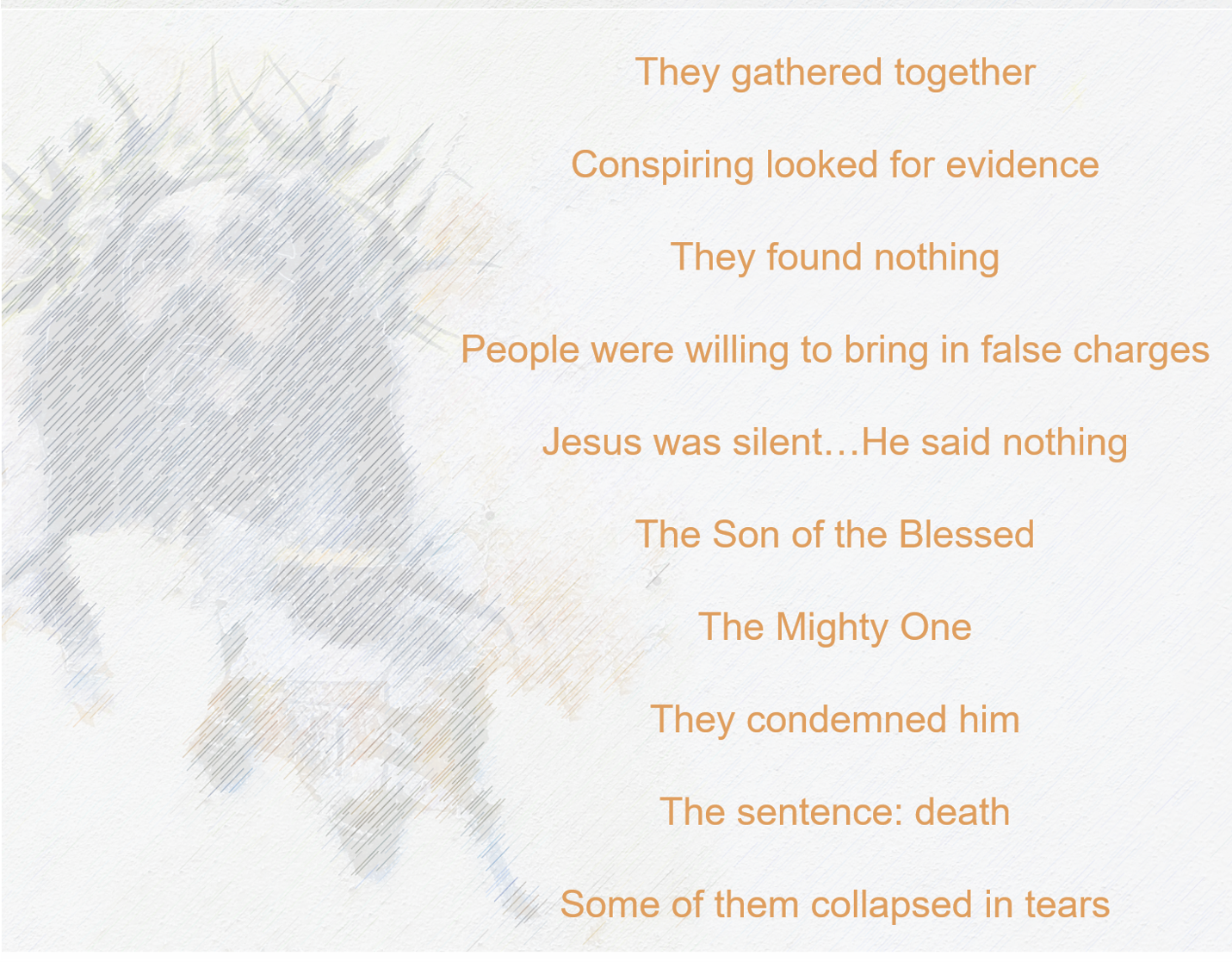
Samantha Carwyn
Station 2: Jesus carries his cross
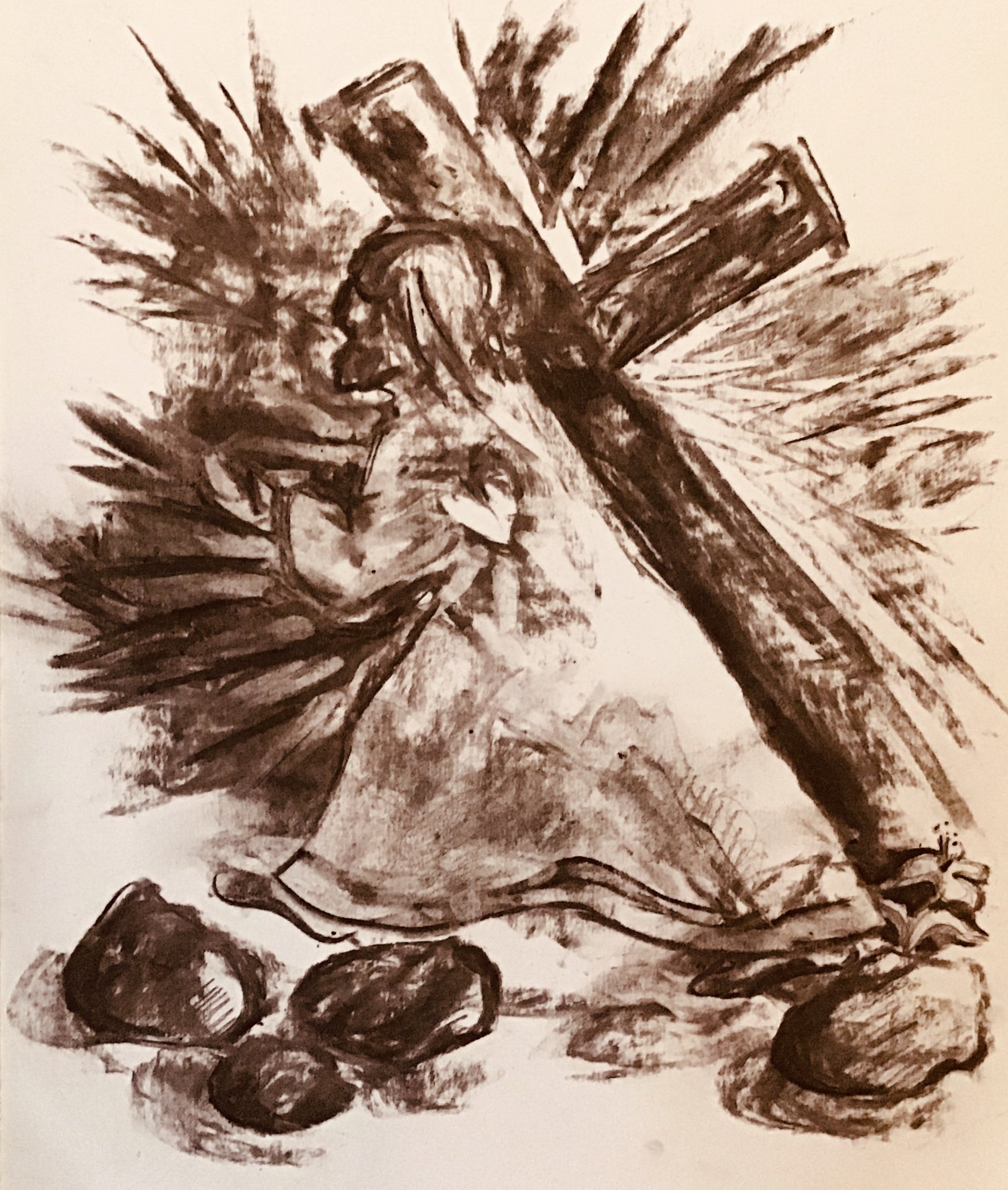
Cara Hochhalter
Artist Statement
Artist’s questions for the viewer: What do you see here? What does the significance of Jesus’ heart mean to you? How did his love impact his attitude at this very time? What about the way Jesus is dressed? What do the charcoal expressions surrounding the image say to you? Jesus’ outstretched leg seems to become one with the cross; what do you think about the cross being a symbol for Jesus? The Gospel of John is the only one that says Jesus carried his cross. The other gospels have someone else carry the cross for him. What does all this mean to you? Do you notice a lily-like flower in the image and what does this say to you? Do the rocks have any significance for you in this story?
Station 3: Jesus falls for the first time
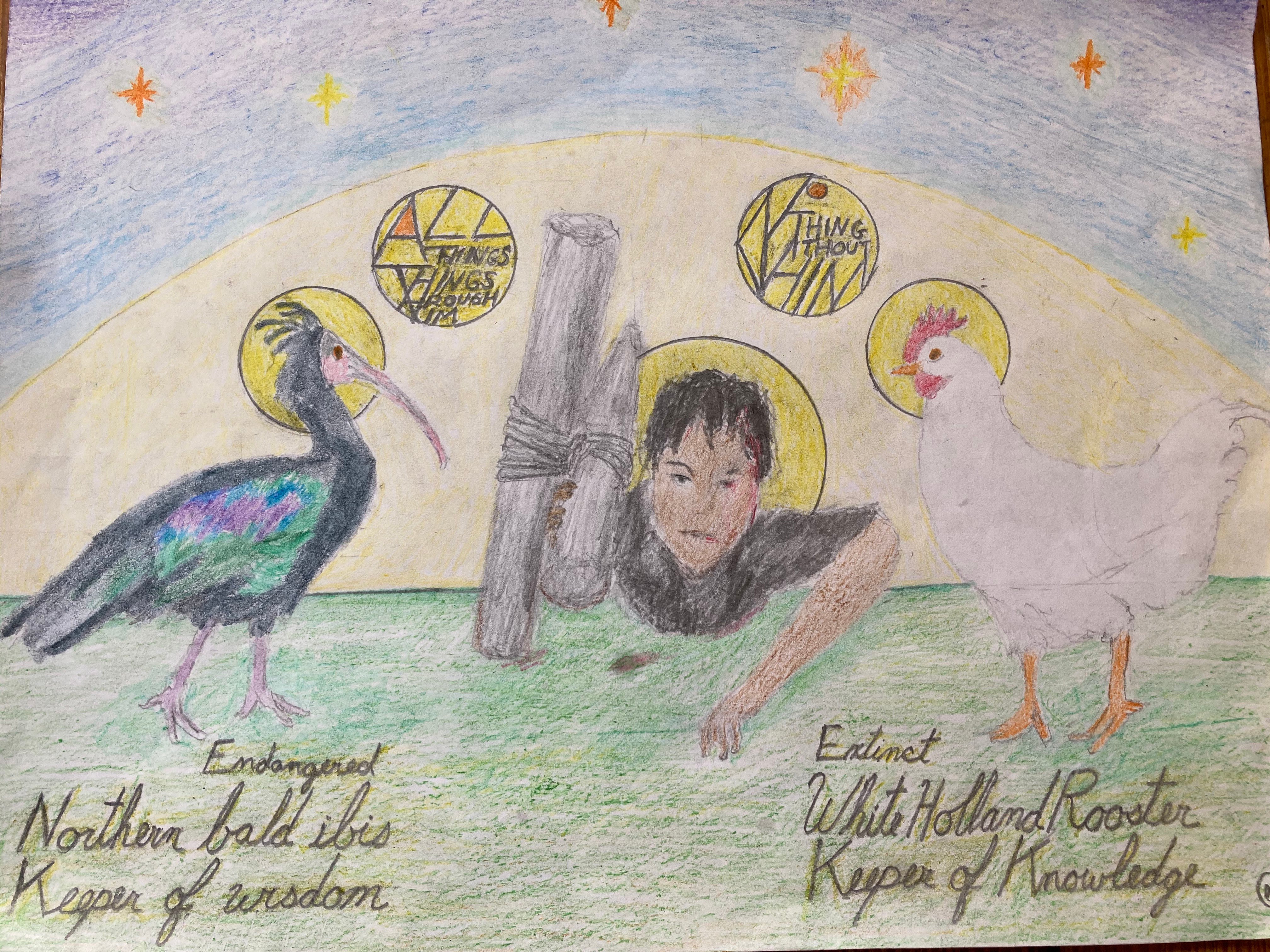 Elizabeth O'Sullivan
Elizabeth O'Sullivan
Station 4: Jesus meets his mother, Mary.
Jesus Meets His Mother
For days
the sky has darkened
to the color of baked bread
with the dust of many feet.
The pigeons
hide their heads
in the eaves
in shame
I have removed my bracelets
my rings
so there is nothing
between me
and my god
my god
how you fell
from his mouth
rearranging the space
bringing it alive
like the singing
on the edge of a sword
charges the air
if I could sever my own liver
in two
wring the blood
as sacrifice
instead
I would. I would.
For days the sky has changed
into the color of dark bread
all dust
and rumbling
we wait
the earth flattens
into cacophony
Yet when I fall
into your twitching shoulder
your straining neck
it is in a bubble of silence
profound
that I will never escape
all the long days
Monique Wentzel
Station 5: Simon of Cyrene helps Jesus carry the cross.
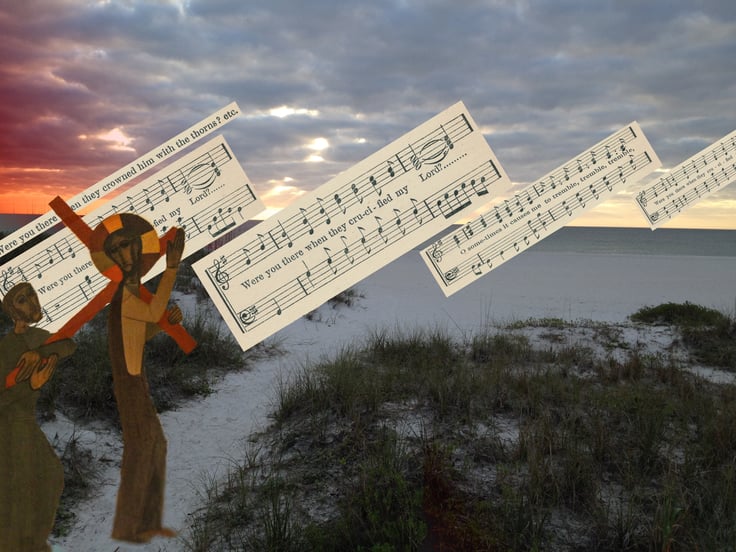
Suzanne Cole Sullivan
Station 6: Veronica wipes the face of Jesus
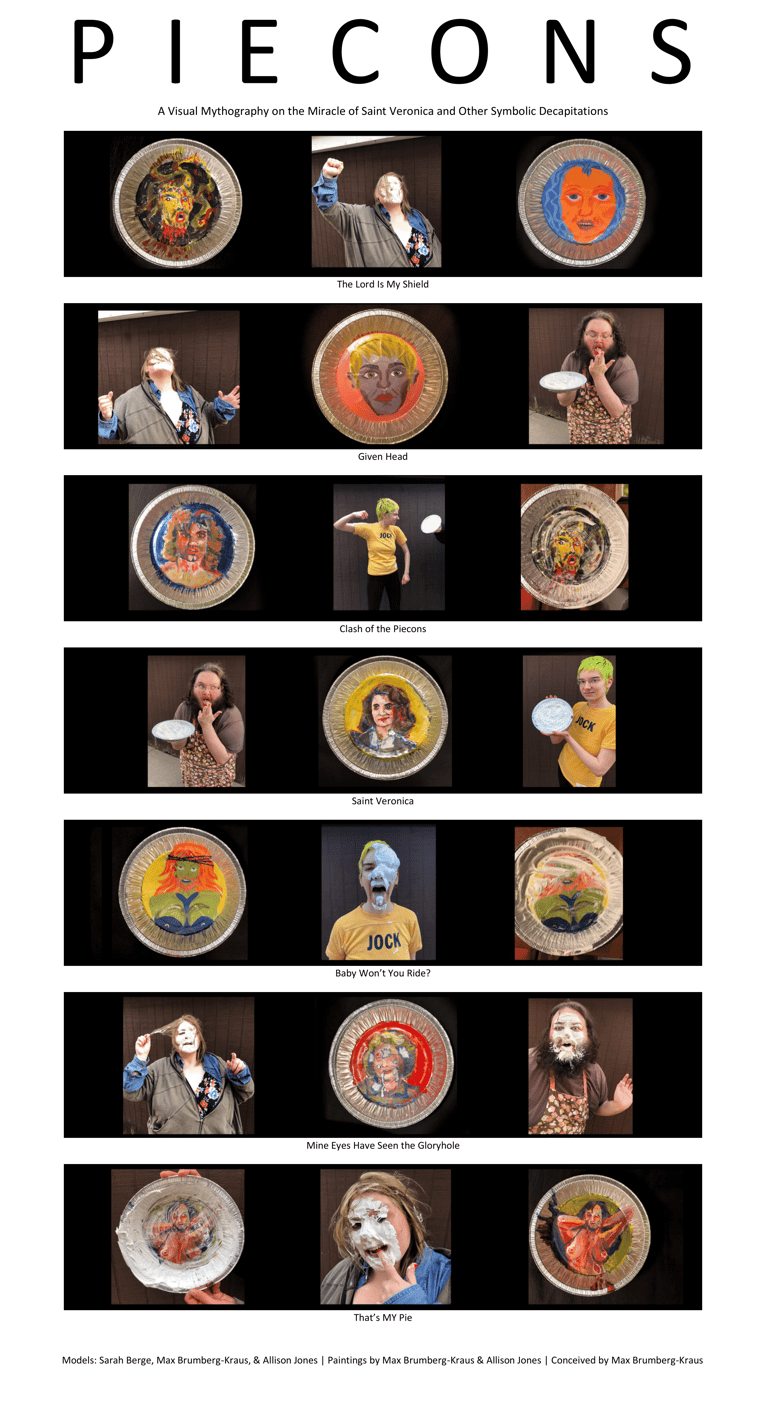
Artist Statement
They've got a line around the corner. Guys are buying two, three pies apiece
- Revenge of the Nerds,
directed by Jeff Kanew, (1984; Los Angeles, CA: Interscope Communications, 20th Century Fox, 2007), DVD.I've cut off Heather Chandler's head and Heather Duke's head has sprouted in its place like some mythological thing my eighth grade boyfriend would know about
- Heathers,
directed by Michael Lehmann, (1989; Atlanta, GA: New World Pictures, Image Entertainment, 2011), DVD.Medusa Crucified
Perseus forced my chin, split me
from body, sampled an unsimple thing,
sapped me with tricks… Give head to heroes, huh,
become a trophy. . .
Unless I am a talisman,
A guard from gorgon, not only used but useful,
shield for cocksure boys as serpents in the sea
and all her grottos (birthing, dark antitheses)
are strangled in their thighs.
Am I talisman or trophy,
O Suns, o Heroes, o Sires of Kingdom Come?Veronica Emboldened
To grasp a man in woman’s fabric…
powerless and empowering, bodiless but bleeding.
Love him. Diminish him.
Scrunch the face, wet it, wring it, quench headaches
from beggar to emperor.
Rome, will yield the greatest profit.
Max Yeshaye Brumberg-Kraus '20
Station 7: Jesus falls for the second time
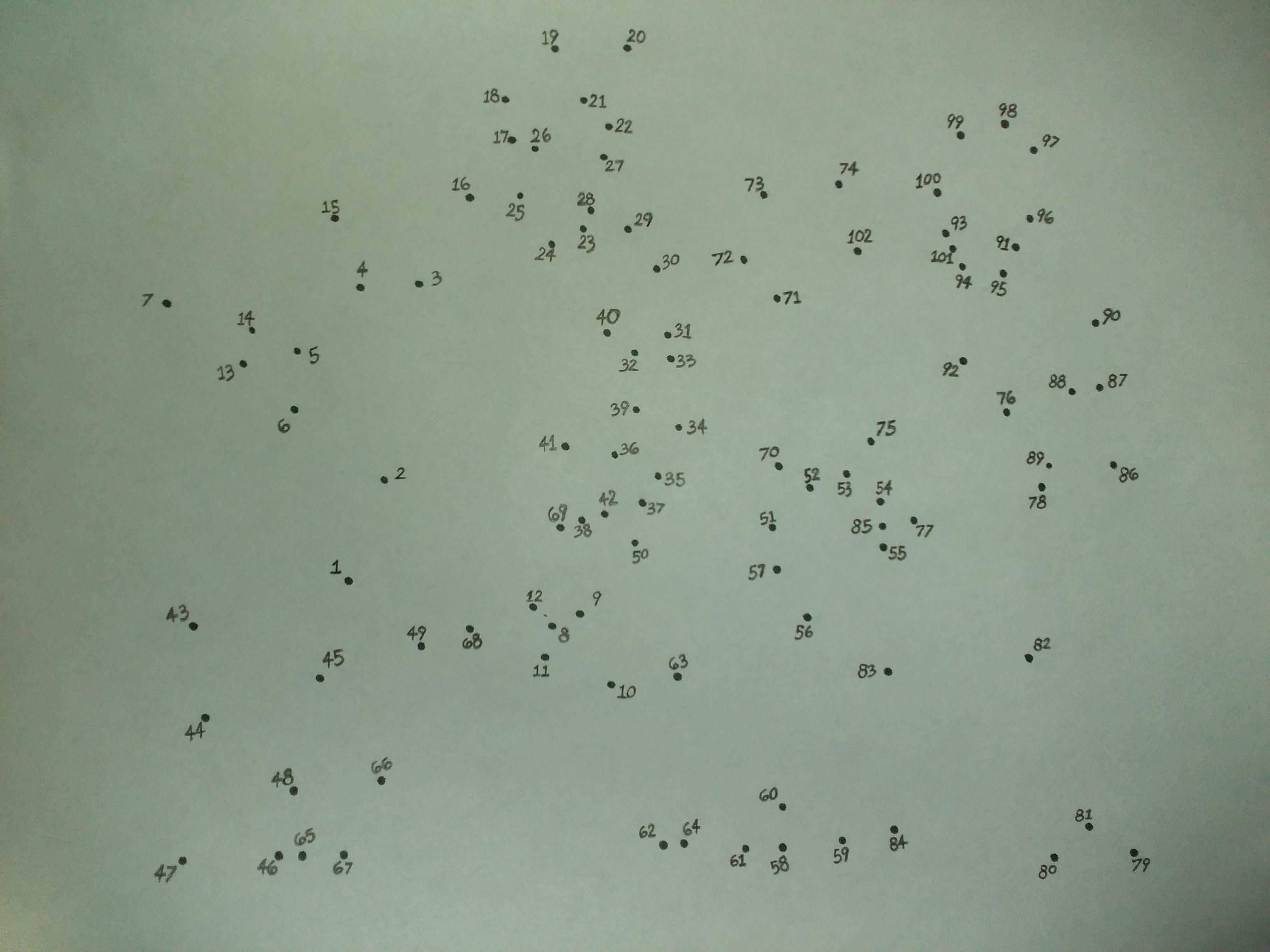
Karl Bjornerud
Station 8: Jesus meets the women of Jerusalem
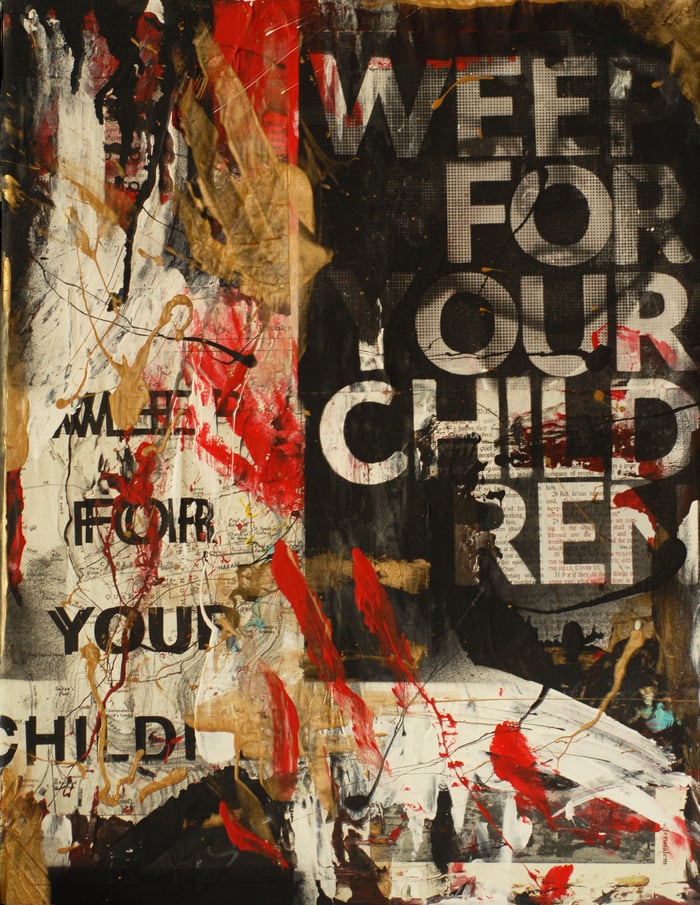
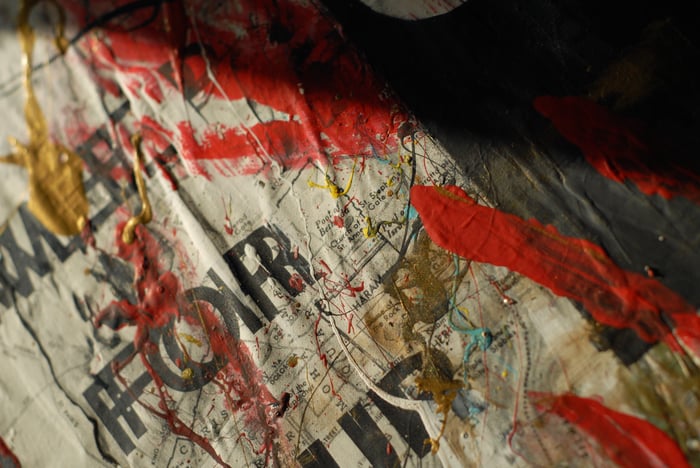
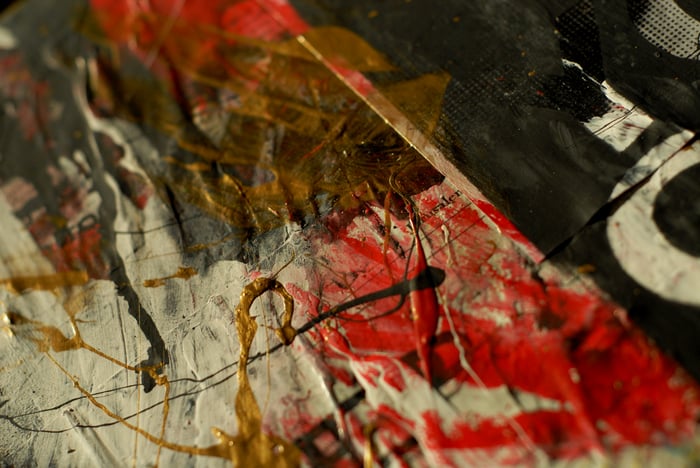
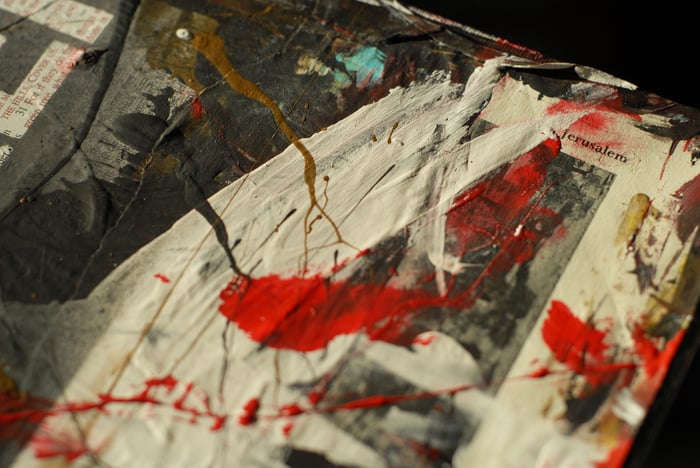
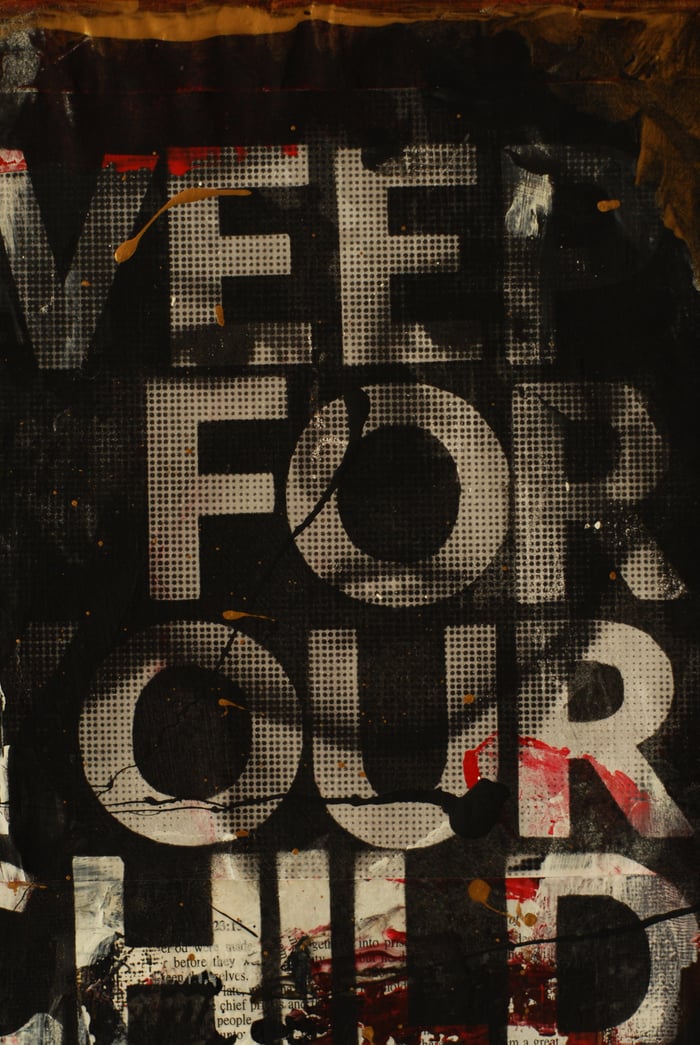
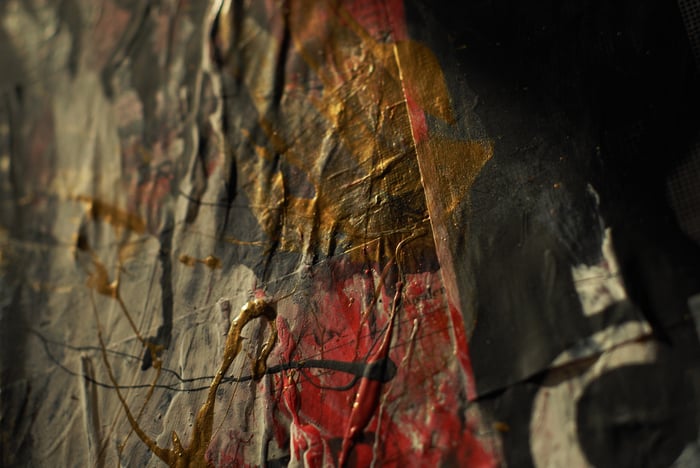
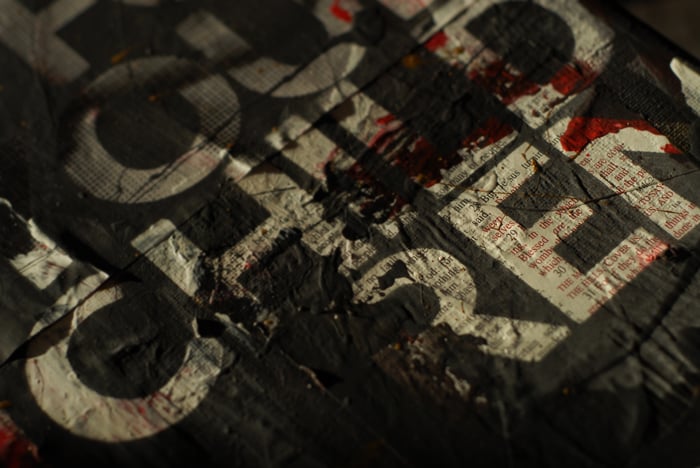 Micah Murray
Micah Murray
Station 9: Jesus falls for the third time
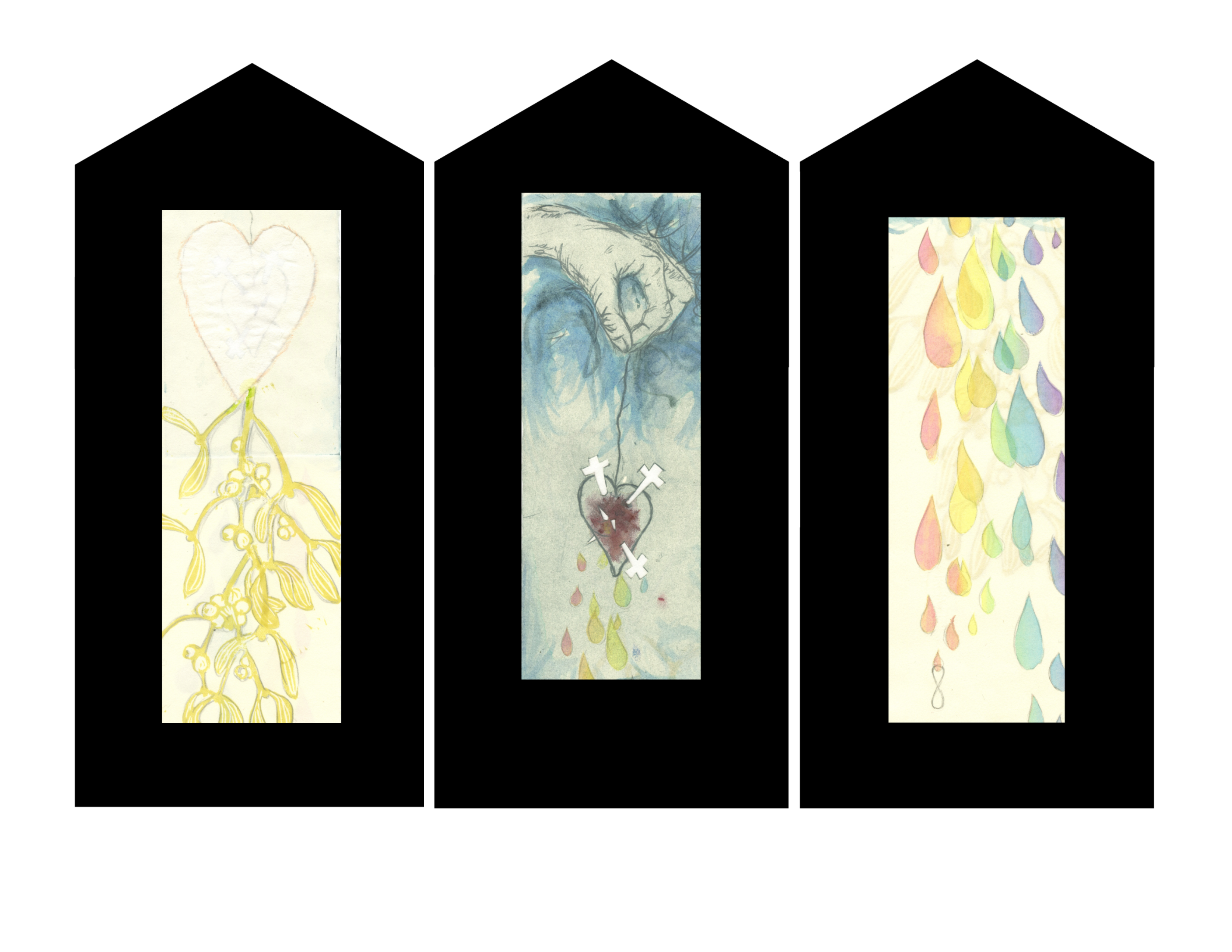
Elizabeth Jacobson
Station 10: Jesus is stripped of his clothes
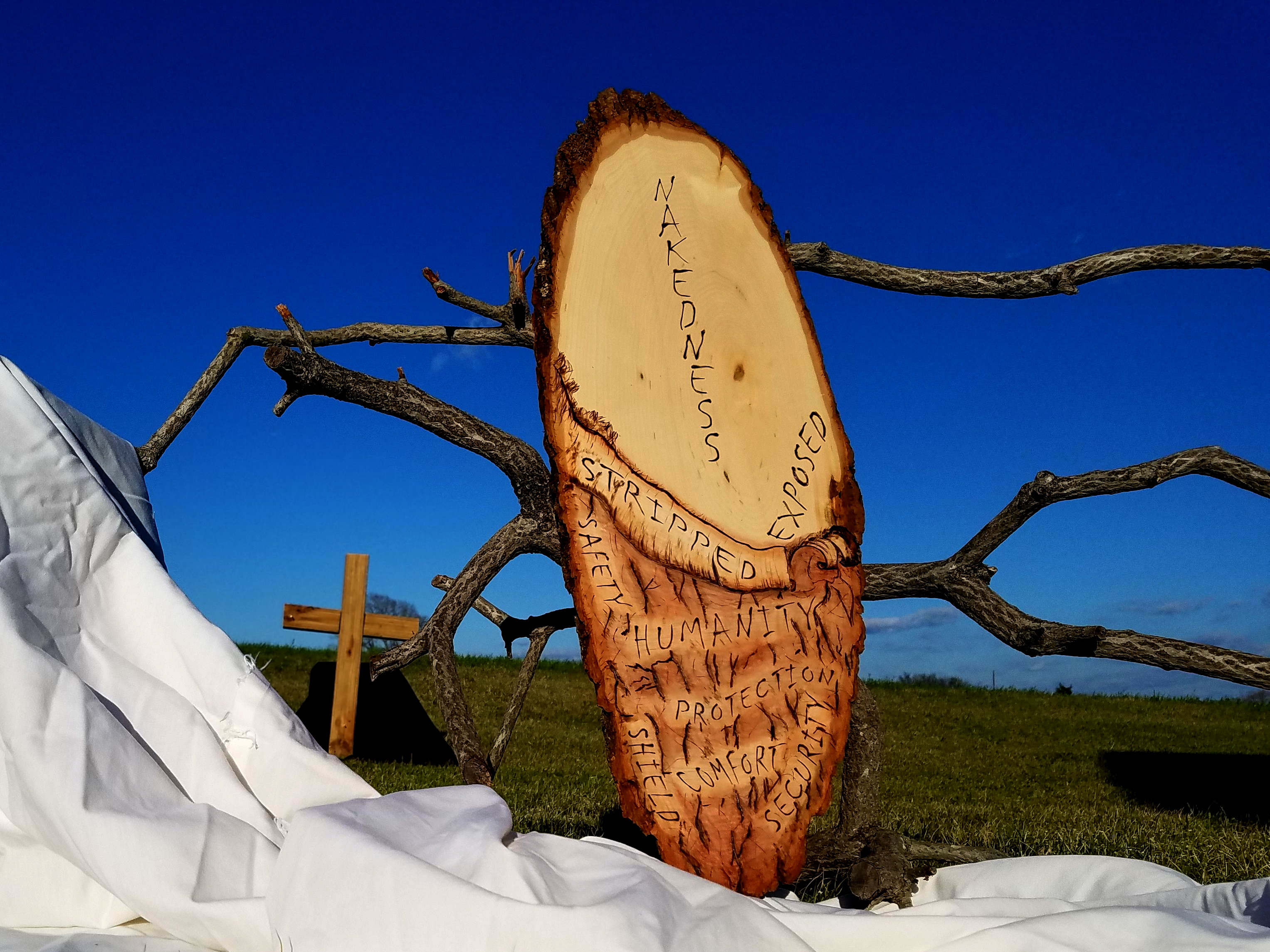
Angelique Russell-Sawyer
Station 11: Jesus is nailed to the cross
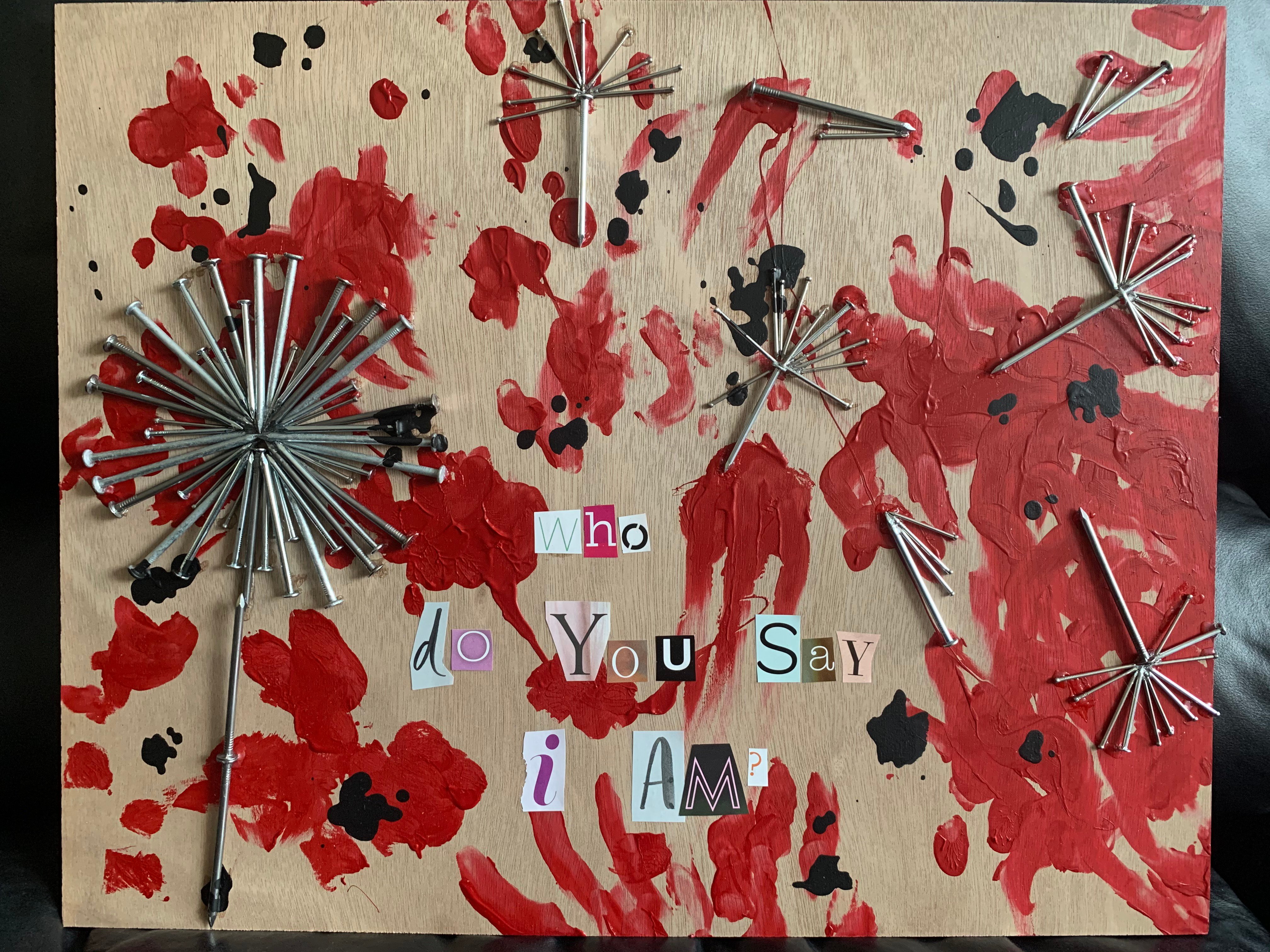
Carly Gaeth
Station 12: Canticle of the crucifixion
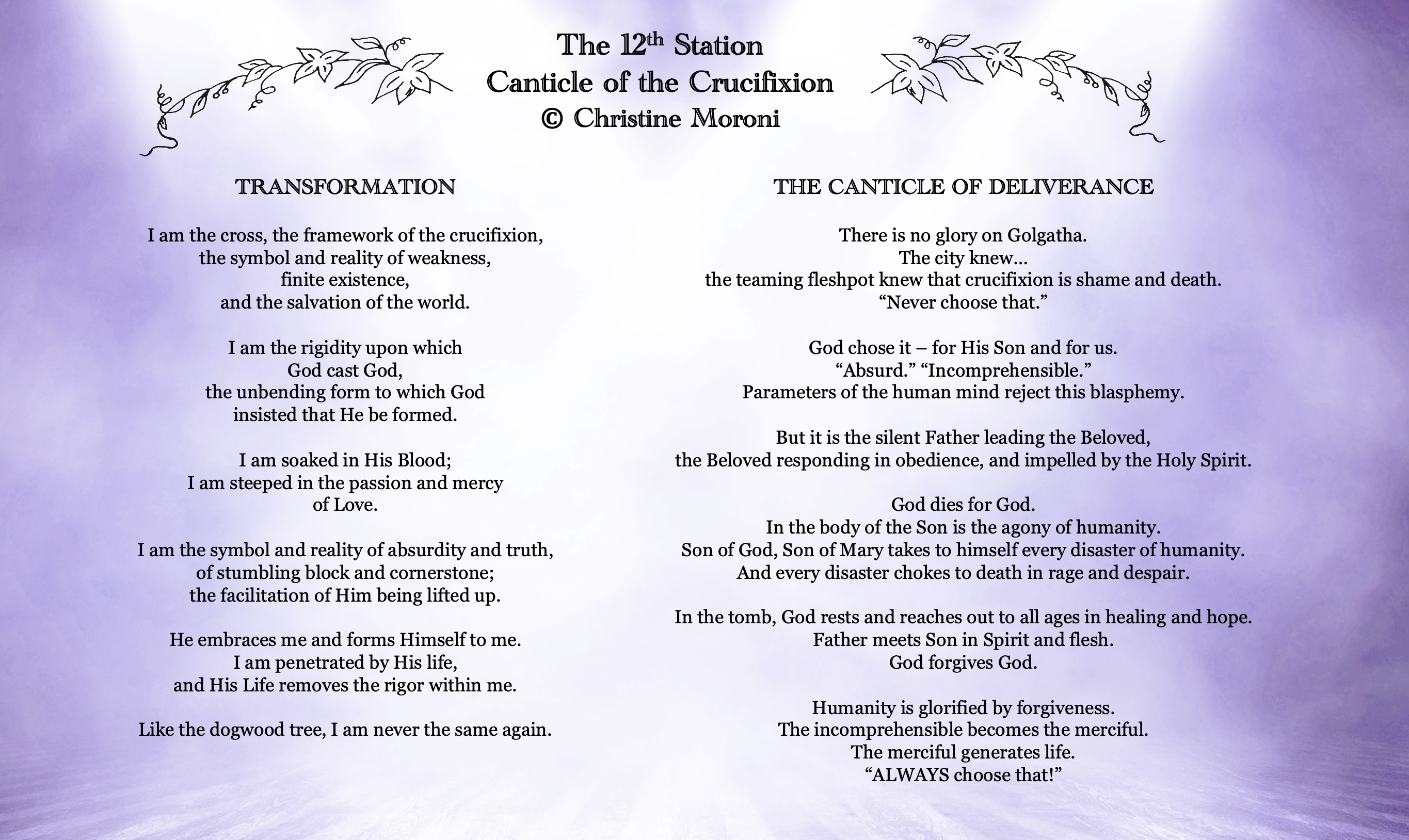
Christine Moroni
Station 13: Jesus is taken down from the cross
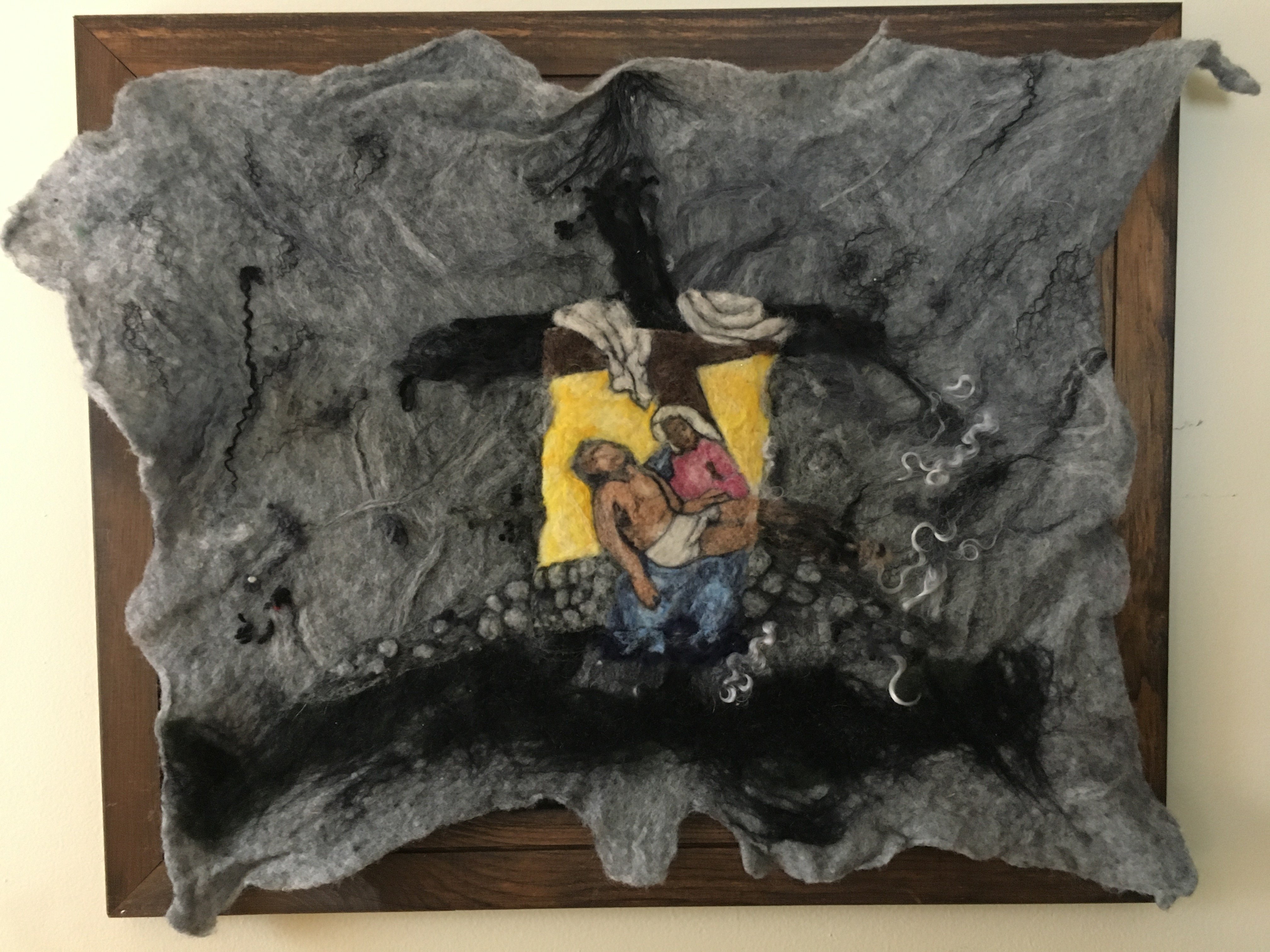
Melissa Miller '20
Station 14: Jesus is placed in the tomb
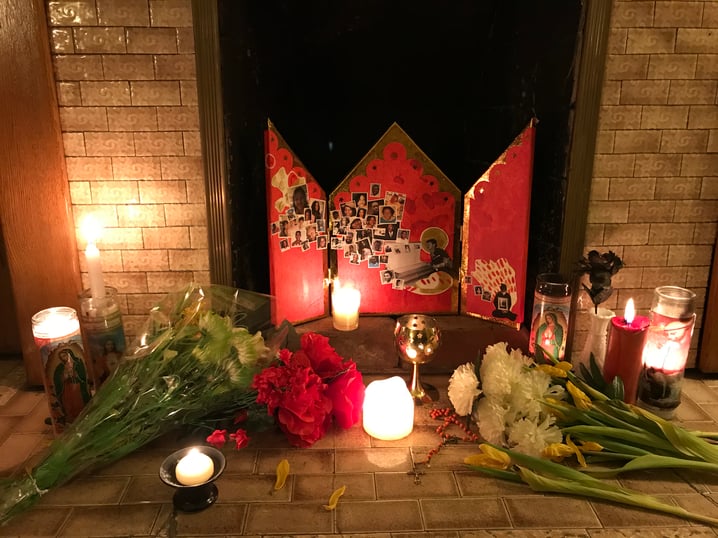
.jpeg?width=718&name=File_012(1).jpeg)
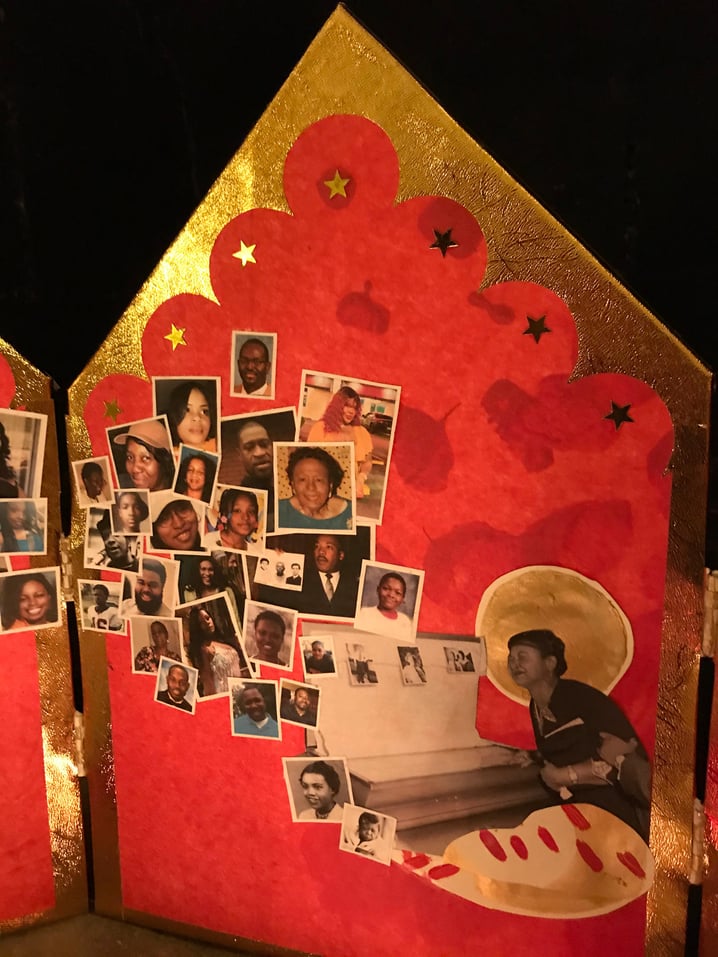
.jpeg?width=718&name=File_009(1).jpeg)
.jpeg?width=718&name=File_010(1).jpeg)
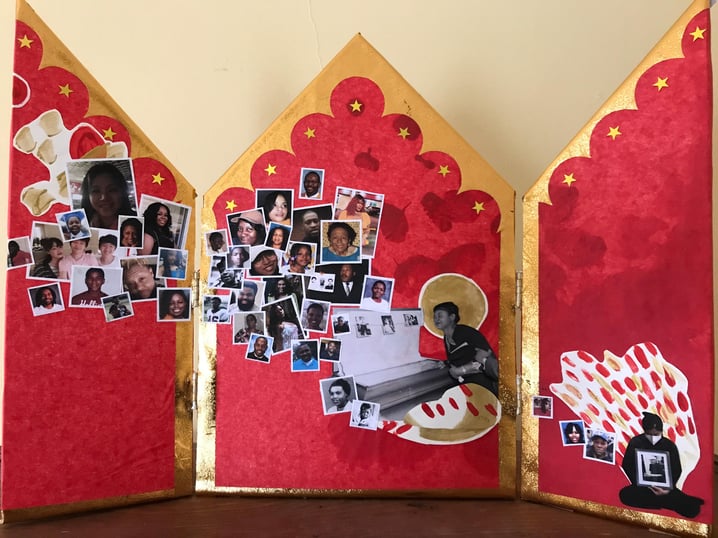
Artist Statement
They dress the wound of my people as though it were not serious. ‘Peace Peace’ they say, when there is no peace. Jeremiah 6:14
This altarpiece is a response to an invitation offered after the killings in Atlanta: “Your grief is mine. My grief is now yours as well, if you can embrace it.” Creating this piece was my own particular way of touching and making with the grief I feel in my own particular body, but also this grief that lives through my relationship to other bodies.
In my attempt to embrace this interconnected groundwater of grief in a world where our physical bodies are still separated by the pandemic, I turned to the images--and the lives, ideas, and dreams they hold--born from the wound made and exposed by this moment. In a time when the unprocessed and complicated grief feels too big and yet the urgency to relate to this grief differently cannot be ignored, what structures and symbols might we recover from our religious and cultural lineages that help us connect to and feel the flood of grief and move from this place towards transformation and healing?
In bringing together images of public grieving, memorial, and activism across time and place, such as the supposed site of Jesus’ tomb in the Church of the Holy Sepulchre, George Floyd Square, projects such as https://sayevery.name/, and the sites of the recent shootings in Atlanta, I found an overwhelming and overlapping collage of the ordinary and ornate: open lament and quiet presence, protest signs and prayer candles, piles of bouquets of flowers--wilting, fresh, and fake all mixed together, stuffed animals and portraits of saints, singing and food-sharing, and of course, the faces of those who have been killed by the violence of white supremacy and misogyny. This triptych altarpiece emerged from allowing these images and their stories to spillover through me and into each other, while still holding on to their own particular meaning. In mingling personal devotional object with the communal and political, as well as particular wounds with collective trauma, I hope to uncover possibilities for a more connected and creative grief practice for ongoing movements of healing and justice.
Here is a link to the names of those pictured. This is nowhere near complete. Many of the images came from https://sayevery.name/ as well as recent news coverage. I encourage you to read their stories, and visit the links and resources included in CARJ’s statement in response to the Atlanta shootings.
Stephani Pescitalli



Your Comments :